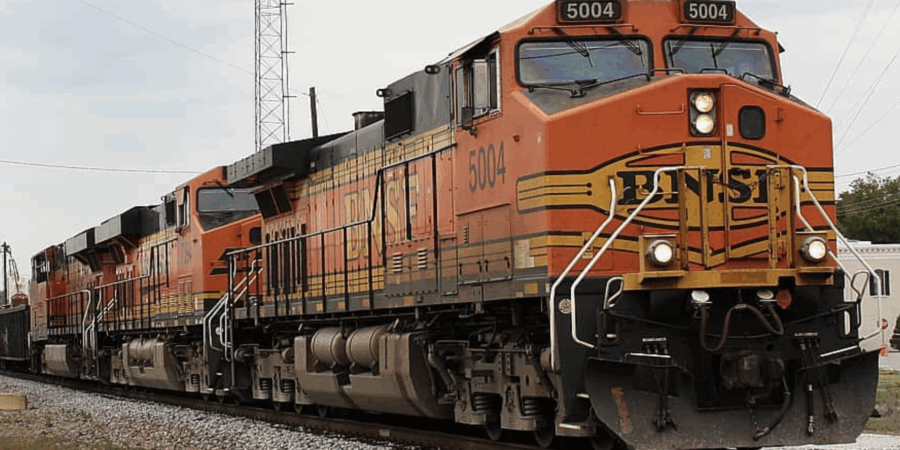In a significant move to enhance regional connectivity, Panama is set to commence construction of the Panama-Costa Rica railway in January 2026. The ambitious project aims to link Panama City to Paso Canoas, near the Costa Rican border, spanning approximately 475 kilometers. With an estimated budget between $4.1 and $5 billion, the railway is poised to transform transportation and trade dynamics in Central America.
The Panama-Costa Rica railway will feature 14 stations accommodating both passenger and cargo services. Passenger trains are expected to reach speeds of up to 180 km/h, reducing travel time between Panama City and Paso Canoas to about three hours. For freight, the railway will significantly cut transit times, facilitating more efficient trade routes between the two nations.
The project is led by U.S.-based engineering firm AECOM, which is conducting technical studies, route design, and environmental assessments. The initial segment from Panama City to Penonomé has been finalized, while the extension to David and Paso Canoas is slated for completion by September 2025. Notably, the railway will include over 70 bridges, one of which will span the Panama Canal, underscoring the project’s engineering complexity.
Costa Rica’s involvement is also progressing, with the Costa Rican Railroad Institute (INCOFER) confirming that private companies are exploring potential extensions into Costa Rican territory. These developments could bolster tourism and commerce in regions like Golfito and Puntarenas. Costa Rican President Rodrigo Chaves has expressed interest in the project, highlighting its potential profitability and regional benefits.
Panama’s President José Raúl Mulino regards the Panama-Costa Rica railway as a strategic initiative to integrate Central America, stimulate economic growth, and decentralize development. The railway is expected to create numerous job opportunities and enhance access to underdeveloped areas, aligning with broader goals of regional integration and sustainable development.
While funding and logistical challenges remain, including complex terrain and land acquisition, both nations are prioritizing environmental and community considerations. The collaborative efforts between Panama and Costa Rica signify a commitment to advancing infrastructure that fosters economic resilience and connectivity in the region.
To learn more about the project’s scope and impact, refer to the original article on the Tico Times: Panama-Costa Rica Railway Set for 2026 Construction Start.
